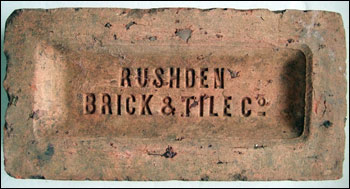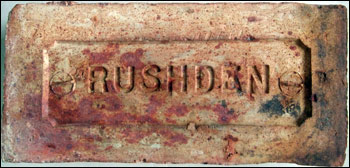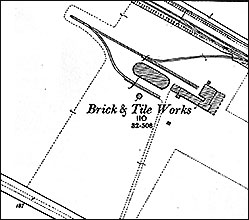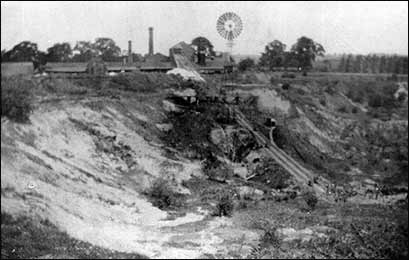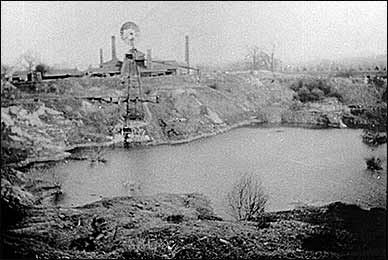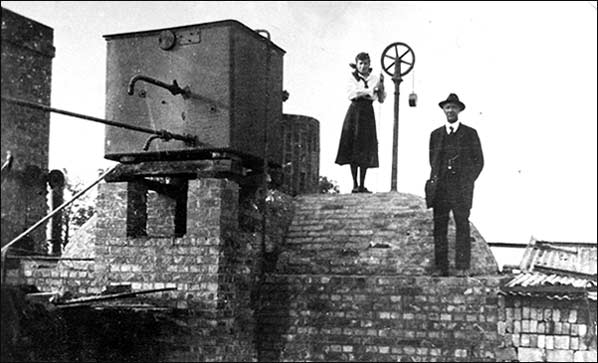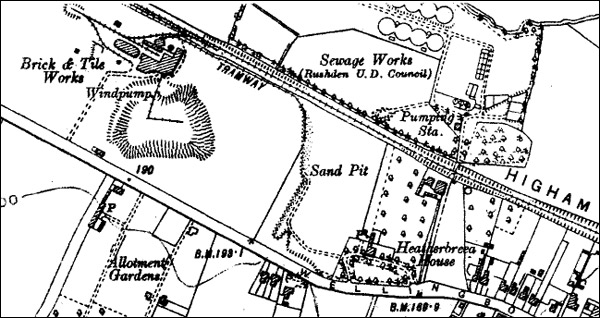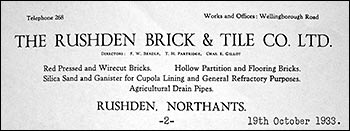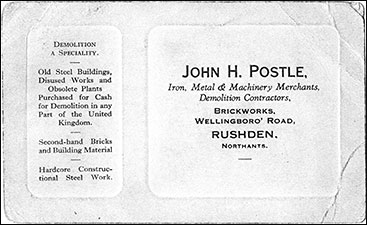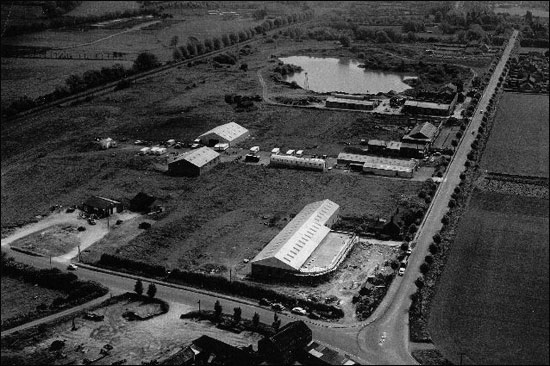|
Rushden Echo, 5th September 1924, transcribed by Kay Collins
Wembley—The employees of the Rushden Brick and Tile Company on Saturday had an outing to Wembley Exhibition, a large party journeying thence by three motor charabancs supplied by Mr G Robinson, of Rushden. Starting about seven o’clock, the forward journey was made via St. Albans, where a halt was made. Wembley was reached about 11a.m., and the party spent a very enjoyable time at the exhibition. Some of the trippers visited London at night. On the journey back a stop was made at High Barnet. The company made a very welcome contribution towards the outing.
|
